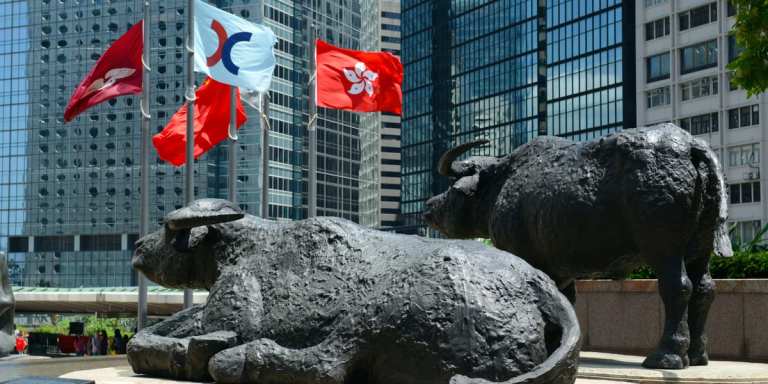
The pandemic seems to be barely slowing down Ant Group – or mobile finance in China.
To that end, Monday (Oct. 26) saw the biggest IPO in history, as Ant took its listing to two exchanges – the Hong Kong Stock Exchange and the Shanghai Star Market.
All told, the IPO is raising $34.1 billion for a valuation of roughly $310 billion. In terms of the actual listing, roughly 1.7 billion shares were listed on each exchange.
But beyond the mechanics of the listing itself, the IPO’s sheer weight indicates that online payments are changing the landscape of how commerce is done across the world’s second-largest economy.
Betting on Ant means betting on China, of course – and, specifically, Alipay, which traces its roots back to 2003. (Alibaba, in turn, created Alipay, and Ant owns about a third of Alibaba.)
And at present, according to Ant, Alipay has more than 730 million monthly users in China, with a worldwide reach of 1.3 billion users. Ant has said that it processes more than $17 trillion in digital payments tied to China, as measured through the trailing 12 months that ended in June 2020.
Delving into the listing documents, we can see that Alipay has branched well out from its initial provenance as an escrow service between online buyers and sellers. The company claims that Alipay has more than 80 million monthly active merchants.
But if Alipay may be, arguably, the most visible part of Ant, the company has a presence in a wealth of other verticals. Ant has said that it “aims to create the infrastructure and platform to support the digital transformation of the service industry.” That’s a broad statement, but as noted previously in this space, the flexibility of platform models means firms can expand their models horizontally to add new offerings for a user base that is already at scale. (One example, as noted by Karen Webster, has been seen here in the U.S., where Uber has expanded beyond its core ride-hailing business into food delivery and freight services.)
In terms of other stakes, Ant has non-controlling interests in Paytm, the Indian payment app. As reported at the end of last year, Ant and Japan’s SoftBank, along with a consortium of investors, invested $1 billion in the mobile payments startup, which is capitalizing on the growth of digital payments in India, estimated to be as large as $1 trillion by 2023.
Developing the Ecosystem
But it is in the development of the ecosystem in China, where the bulk of Ant’s efforts is seen. In CreditTech, which is geared to SMB credit, Ant extends loans, backed by 100 financial institution (FI) partners – 98 percent of which the firm says are underwritten or securitized. Filings indicate that CreditTech was responsible for 39.4 percent of sales for the six months through June 30 of this year.
InvestmentTech contributed 16 percent of revenues and is the largest online investment platform in China, with Ant partnering with 170 asset managers. Ant notes in its filings that it uses artificial intelligence (AI) to match investors with appropriate financial products based on risk profiles. InsureTech, with 4.1 trillion RMB under management, covers life, health, property and casualty and represented 16 percent of sales through the six months that ended in June.
And in an indication that the pandemic has not really dented growth, consider the fact that the core digital payment and merchant services business, at a bit more than a third of revenues, was up 13 percent year over year to reach 26 trillion RMB. CreditTech surged 60 percent, while InvestmentTech was up 55 percent.
With a bit more granular detail into recent trends – beyond June – Ant said that Alipay app MAUs increased from 711 million in the month ending June 30 to reach 731 million in the month ending Sept. 30, a gain of 2.8 percent. Consolidated revenues across the nine months that ended in September were up 43 percent to a recent 118 trillion RMB.
Where the Money Is Going
Illuminating where the money is going, Ant Group said it would use roughly 10 percent of proceeds from the Hong Kong listing to focus on its vision to “digitize the service industry,” while 40 percent will be allocated to expanding its cross-border efforts.